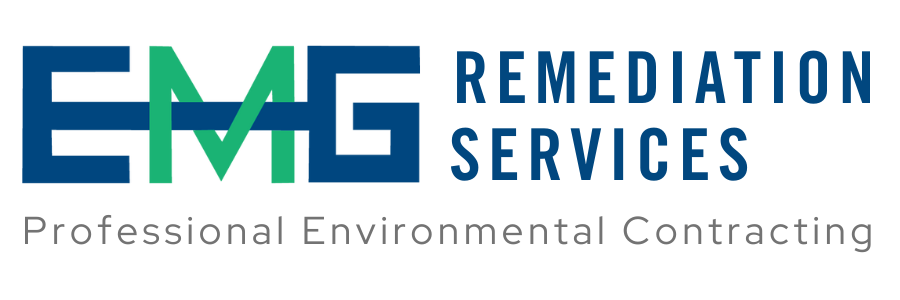How to: Improve Indoor Air Quality (IAQ)
According to the EPA, the best approach to improve indoor air quality controls the source of indoor pollution. The source-control method eliminates the source or reduces emissions of the most common IAQ polluters. This common-sense approach offers low-to-no-cost steps that will improve indoor air quality.
What are common sources of IAQ pollution?
Asbestos
High indoor humidity
Improperly vented or improperly maintained, fuel-burning combustion appliances
Newly installed flooring, carpeting, furniture, or paint
Particulates, dust and dander
Pesticides
Poor building ventilation
Pressed-wood products (ex: plywood and particle board)
Radon
Some household cleaners
Tobacco products
Unfiltered particulate and polluted outdoor-air infiltration (like the recent smoke from Canadian wildfires)
How do I reduce those sources?
Prohibit tobacco product use indoors.
Remediate or remove any lead, asbestos, radon gas accumulation, and high indoor-humidity. (Indoor humidity should be maintained between 30%-50%.)
Filter indoor dust, pet dander, particulates, and outside air intake.
Ventilate newly installed or remodeled areas.
Inspect, install, and maintain proper building ventilation and fresh air intake.
Substitute or reduce use of pesticides, toxic household cleaners, and products with high Volatile Organic Compounds (VOCs). For example, look for low VOC labeling on paints, products, and materials.
Repair, update, and maintain fuel-burning combustion systems and appliances. (oil, natural gas, and propane boilers, fireplaces, stoves…)
Practice frequent vacuuming (preferable with HEPA-rated filtration), proper housekeeping, and routine maintenance.
Can I get IAQ testing so I know all the contaminants in my house?
Tests and standards exist for individual, indoor contaminants. Asbestos, radon, and carbon monoxide, for examples, have standards and exposure limits. However, according to Occupation Safety and Health Administration (OSHA), there is no single test to evaluate or measure an IAQ problem. There is also no consensus on a comprehensive method to measure or evaluate IAQ. That’s why reducing the number of sources of pollution is the easiest and most cost-effective approach.
What is the worst IAQ pollutant?
The impact of any single pollution source depends on: toxicity, quantity, and duration and frequency of exposure. An individual’s particular sensitivity or susceptibility is also an important factor. Radon, asbestos, and lead, for example, carry significant health risks for everyone and require specific mitigation. Also, a pollutant at low levels may not pose a threat by itself, however most homes have multiple sources of indoor air pollution. The multiple sources increase the risk of cumulative effects. Fortunately, indoor air quality can be improved with proper cleaning and routine maintenance. It cannot be over-emphasized how critical cleaning and maintenance are to improving and sustaining healthy IAQ.
Don’t take my word for it…independent resources and links:
Learn more about Indoor Air Quality by visiting the United States Environmental Protection Agency (EPA)
Indoor Air Quality (IAQ) | US EPA
If you have any specific questions about your property, please give us a call at 610-359-1730.
